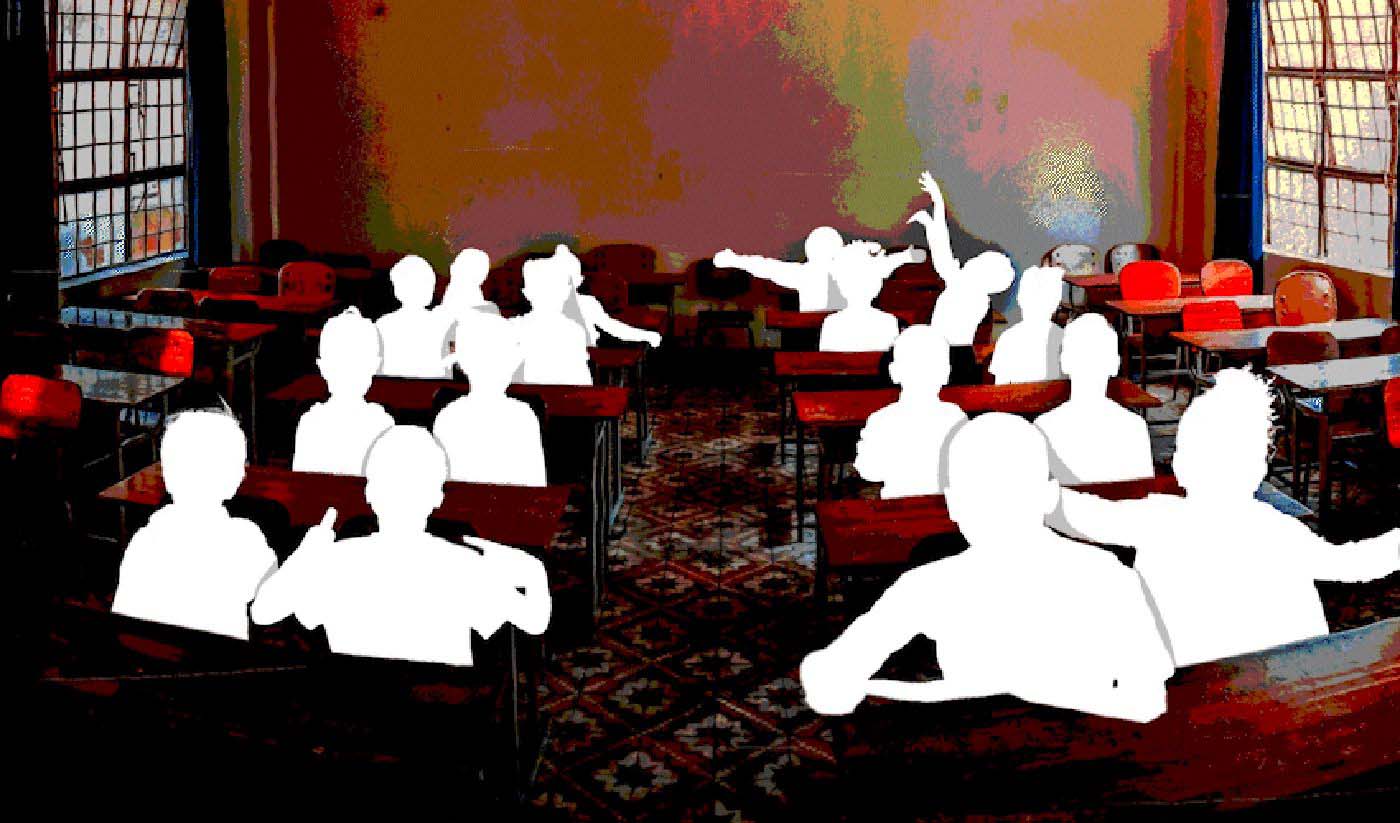By Tasha Wibawa, 360info
The class of 2020-2022 will forever be defined by COVID-19. The impact of the pandemic students and teachers continue to this day.
The worst of the global pandemic may feel like it’s over for many, but for teachers, students and parents the disruption to children’s education systems has lingered.
Teachers in Lebanon have been on strike over pay and working conditions since January 9, according to Save the Children, an international non-government organisation.
All public schools across the country are reportedly closed, compounding the education crisis that is leaving an estimated one million children without education, said Save the Children.
“I was heartbroken when our teachers told us the school will close due to the strike. It reminded me of the COVID-19 days and those weren’t fun times. Just like before, my days pass with nothing to do,” 11-year-old Jana (not her real name), from northern Lebanon told the charity.
In Australia, government data released last month found national school attendance has progressively declined since the pandemic.
The Australian federal education department estimates there will be a deficit of 4,000 high school teachers by 2025. It has committed AUD$328 million to stem the issue.
The class of 2020-2022 will forever be defined by COVID-19 — a moment transforming a generation.
Cracks in education systems widened into chasms as COVID-19 exposed the many inadequacies and inequities in our education systems.
Learners in developing economies or in the most marginalised groups without access to digital learning resources or infrastructure are the most at risk of continuing to fall behind.
Bucking the trend
As students around the world suffered from learning loss due to COVID-19, disadvantaged children in Australian schools bucked the trend, according to new figures from the University of Newcastle.
Jennifer Gore, Director of the Teachers and Teaching Research Centre at the University, said it could be attributed to government-funded COVID-intensive learning support programs.
“Positive academic results for Australian students during the pandemic could also be attributed to the strict focus on literacy and numeracy in primary schools when students returned after periods of remote learning,” she said.
However, “this ‘back to basics’ focus to the exclusion of sports, assemblies, excursions and other extracurricular activities had detrimental effects on student and teacher wellbeing.”
All in good leadership
In the United States, researchers at the University of Texas at San Antonio found the role of school principals to be crucial to students’ emotional wellbeing.
“Over 80 percent of American schools report ongoing problems with students’ social-emotional wellbeing, including increased misconduct, disrespect to staff and use of prohibited electronic devices,” associate professor Nathern Okilwa and professor emeritus Bruce Barnett, said.
“There is chronic absenteeism and heightened anxiety, depression and social withdrawal observed in students of all ages.”
They said re-engaging students and families was critical to get them back to school. This includes providing adequate counselling support, loaning technical resources and even motivational parades to keep spirits up.
Overcoming digital divides
Millions of children in India may never return to school following the severe disruptions of rolling COVID-19 lockdowns.
Online teaching was not a viable option across a country with a significant digital divide.
“Research showed parents tended to prioritise older children over younger children in access to resources for learning when they were limited by the number of available devices and bandwidth caps,” assistant professor Dipanjan Chakraborty from BITS Pilani said.
“Policy needs to work towards ‘digital welfarism’ which improves quality of access to the extent of making it a basic necessity and improving human capabilities to use digital platforms.”
But it can never replace face-to-face schooling, he added.










